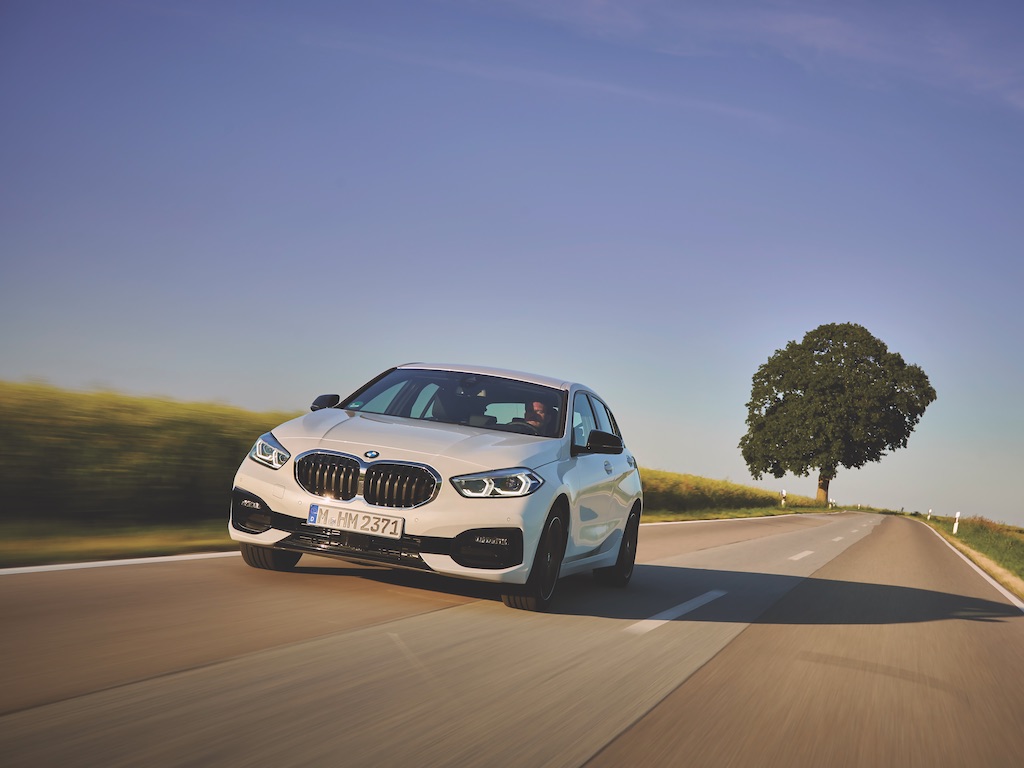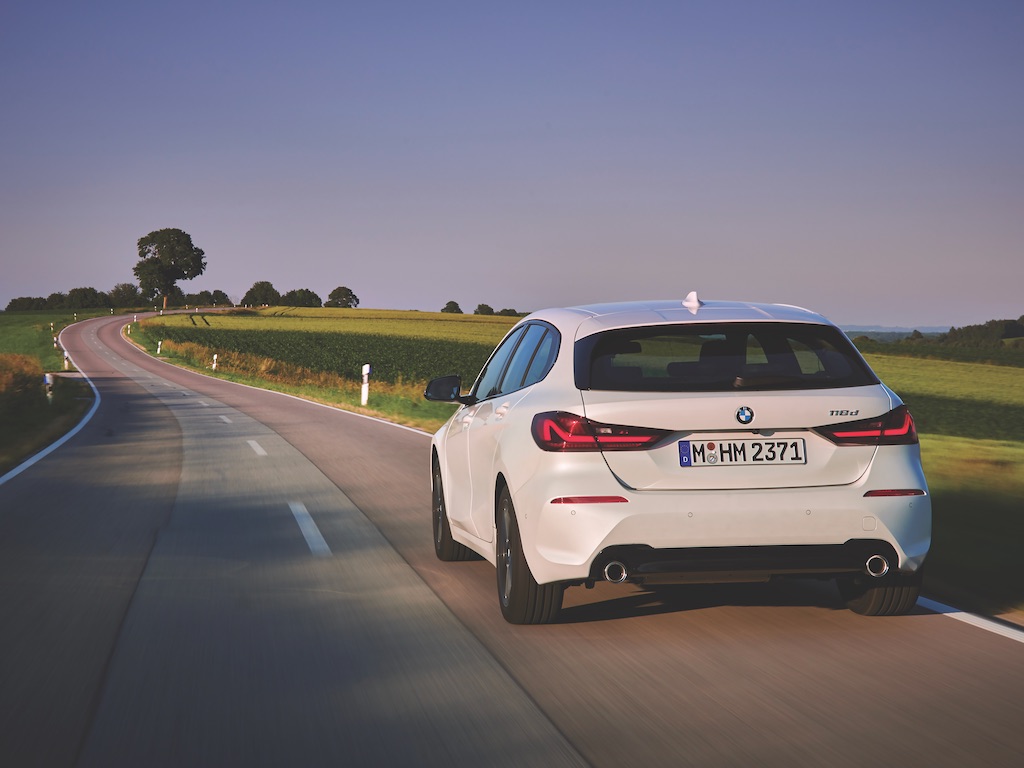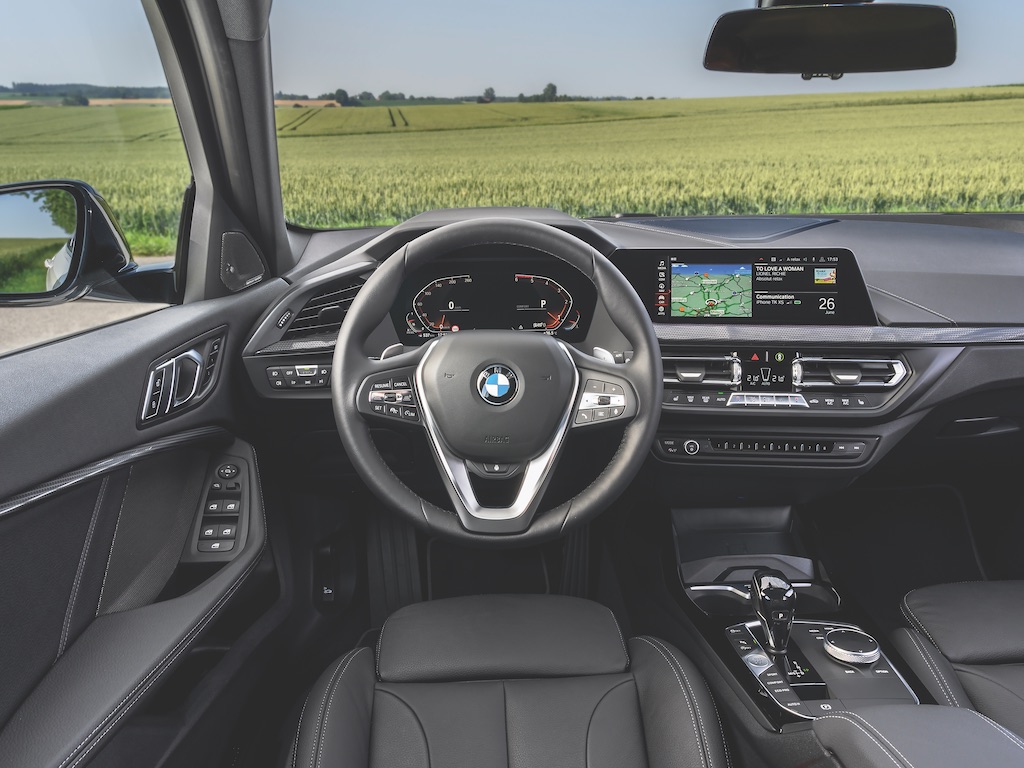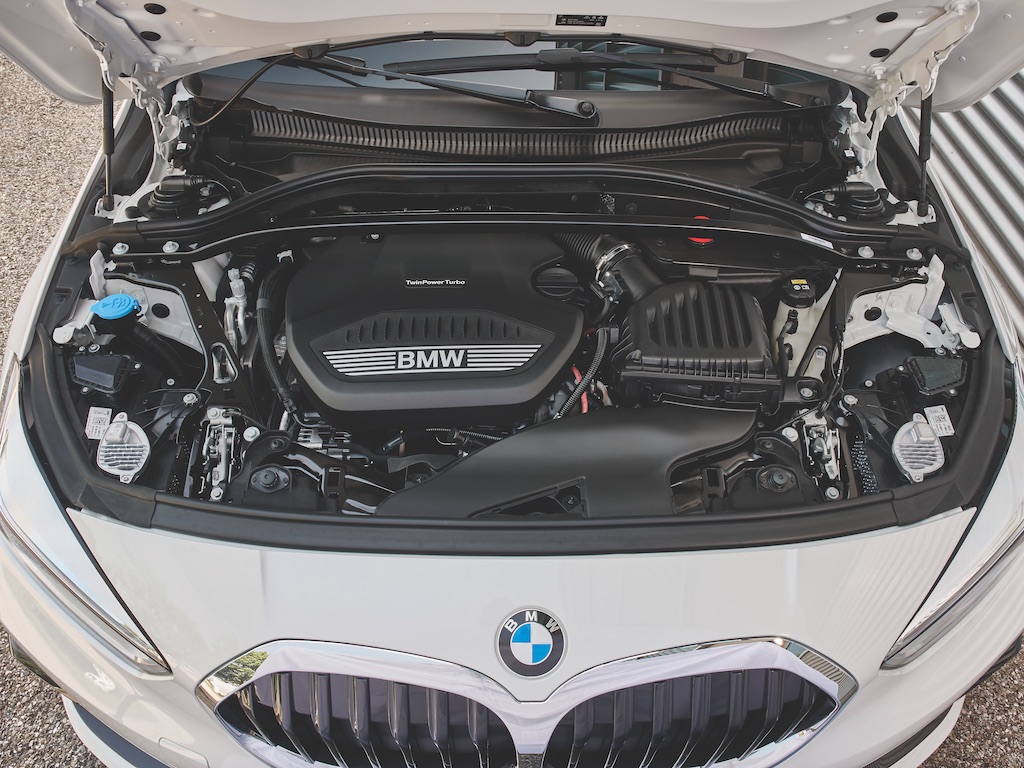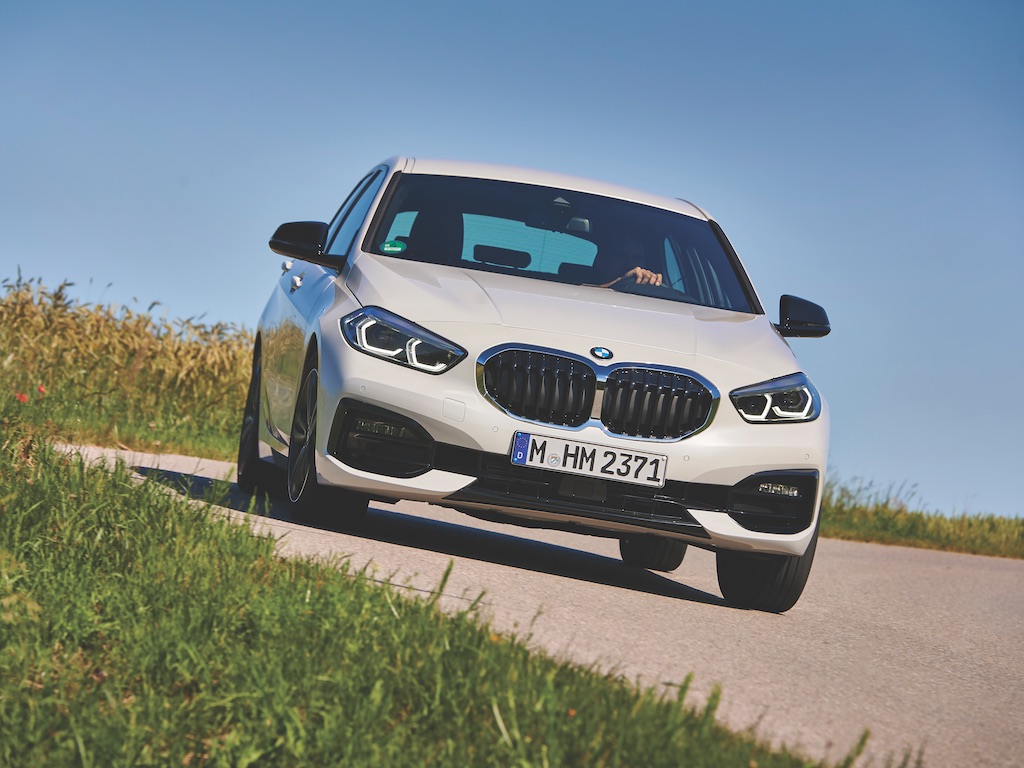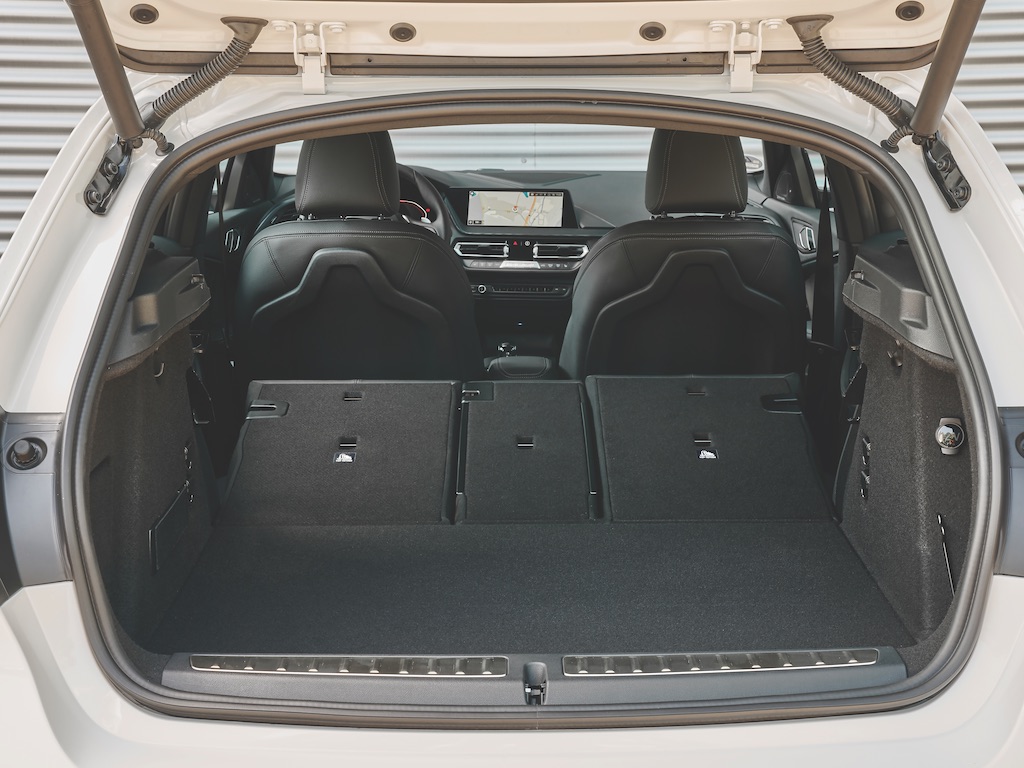First Drive: BMW 1 Series
BMW’s third-generation premium C-segment challenger offers more efficiency, space and advanced tech, says Martyn Collins.
- BMW 118d
- BMW 118d
- BMW 118d
- BMW 118d
- BMW 118d
- BMW 118d
SECTOR C-segment PRICE €20,200-€48,900 FUEL 3.4-6.6 l/100km (WLTP) CO2 111-157g/km (NEDC Correlated)
Launched back in 2004, BMW’s C-segment challenger, the 1 Series, is its highest conquesting model, it’s been revealed. Now, eight years on since the second-generation version was launched and four years since its facelift, there’s an all-new 1 Series.
Biggest change for the third-generation car is that it is built on the UKL2 platform that’s shared with other BMW and Mini models. This means that, like the 2 Series Active Tourer and Grand Tourer models, it is front-wheel drive.
The fact that the latest 1 Series is no longer rear-wheel drive will upset the purists. However, the adoption of this platform makes the latest hatch bigger and more practical. Five-door only, despite being 20mm shorter, the biggest gain inside has to be the extra 33mm of rear legroom, plus 1.3mm of extra headroom and it’s 3.4mm wider.
Rear space is still only average, but the 1 Series’ repackaging now gives it a 380-litre boot, which is the same size as the Volkswagen Golf, and 10 litres more than the Mercedes A-Class. The wider rear opening helps practicality too.
Another strength of the new model is the connectivity. BMW’s ‘Live Cockpit Plus’, with an 8.8-inch touchscreen, is fitted as standard. Also included is BMW’s Intelligent Personal Assistant, which by uttering “Hey BMW” allows control of an expanding list of functions such as receiving phone calls. Other clever connectivity features include Connected Navigation, where destinations can be sent from various apps to the car’s navigation system, and Parking Space Assistant, which offers suitable parking options to the driver before they reach their destination.
A bigger 10.25-inch central information display, which includes an adaptive navigation system and hard-drive based multimedia system, are part of the BMW Live Cockpit Professional system fitted as standard to the M135i and optional on others.
Outside, design changes over the outgoing 1 Series include LED headlights, larger BMW family kidney grilles – with a mesh design for the range-topping M135i – while from the side, there is a shorter bonnet and distinctive lower character lines and C-pillar.
New 1 Series will be available in base Advantage, Sport Line, Sport, Luxury Line, M Sport and M Performance trims. According to a BMW spokesperson, the 116d is expected to be the most popular for fleet, but Fleet World only sampled the 118i and the sporty, range-topping M135i at the launch.
The 118i is also expected to be a fleet hit, and is fitted with a three-cylinder, 1.5-litre petrol engine, producing 140hp (an increase of 4hp) and 220Nm of torque, while achieving 5.0l/100km, with CO2 emissions of 123-114g/km. On the other hand, the M135i is fitted with BMW’s most powerful four-cylinder petrol engine, with 306hp and 450Nm, yet it still returns 6.8l/100km and emits 155-157g/km.
On the road, the 118i is impressively refined – hiding the three-cylinder engine noise well. The steering is responsive and the six-speed manual gearbox slick. It’s hard to tell it has front-wheel drive, as the keen steering and sharp handling feel unchanged from before – although our M Sport spec car’s 19-inch wheels unsettle the ride.
On the other hand, the M135i is a great performance all-rounder, the low-speed ride is hard, but the XDrive four-wheel and limited slip differential help to make the most of the 306hp.
The Lowdown:
Key fleet model: 116d
Strengths: Great to drive, more practical than before
Weaknesses: Bigger wheels can give an unsettled ride
Verdict:
The 1 Series’ move to front-wheel drive might offend BMW purists, but gives a more practical premium offering that’s still great to drive.

